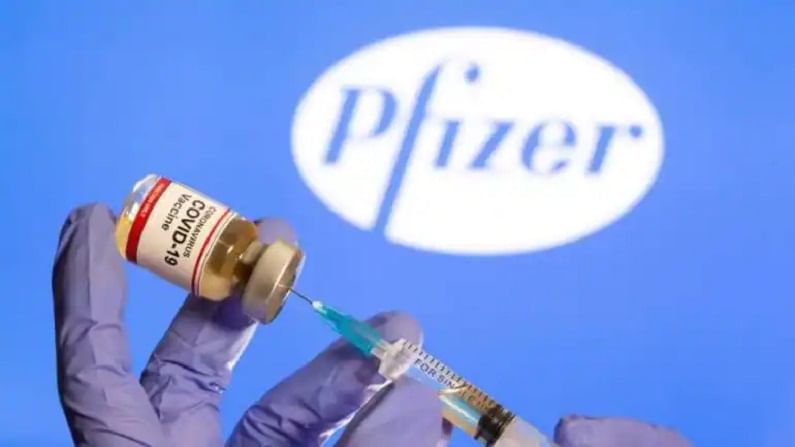Covid Vaccination: Bridging the wide gap in global inoculation
With the rollout of vaccines across the globe, there needs to be a systematic and flawless approach to ensure the equitable supply of vaccines happening around the world

The covid-19 pandemic has wrecked havoc on the entire world. Since its outbreak scientists, experts, health organization, and state institutions have channelized all their efforts and resources to boost the vaccination drive. With the rollout of vaccines across the globe, there needs to be a systematic and flawless approach to ensure the equitable supply of vaccines happening around the world.
Sluggish vaccination rollout across the globe
India’s vaccination program is facing a major challenge in terms of its supply and implementation. The country’s one of the major vaccine manufacturers Serum Institute of India’s CEO had earlier said that the company will experience a shortfall in the production of its vaccine- Covishield. The country had exported vaccines across the globe and unable to meet domestic demand.
Another Asian country, Japan, is also in an alarming state with a sluggish vaccine rollout, leaving the country far behind Singapore, South Korea, and Indonesia.
Amidst the concerning covid-19 situation, Japan’s Prime Minister Yoshihide Suga is posed with a challenge to host the Tokyo Olympics and paralympic games, in less than 100 days.
The situation is furthermore devastating for countries falling at the base of the economic pyramid. South Africa which was burdened with the humongous caseload and fatalities in Africa, kickstarted its vaccination drive with the consignment exported by India’s Serum Institute of India. The country is majorly dependent on vaccine exports.
Developed countries should set an example
In such a case, the onus lies on health care and pharmaceutical companies as well as developed countries, with better vaccination plans to ensure a smooth global inoculation drive.
According to the US Department of Health’s Center for Disease Control, 32.5 lakh people have been infected with the Covid infection so far and 5.79 lakh people have lost their lives due to the deadly disease. However, for the last 30 days, the country has seen a decline in the new cases. So far, at least one vaccine dose has been administered to 58.5 percent of the population in America.
In the UK, the first dose of vaccine has been given to 3.55 crore which is 67.6 percent of the total population. At the same time, the second dose of the vaccine has been given to 34.3 percent of the population.
The UNICEF UK had estimated that Britain could give away 20% of its projected available stock and still meet its target to give all adults their first dose of vaccine by the end of July.
The charity organization has warned that the success of the vaccination programme in the UK could be “reversed” if supply is not shared.
Pfizer leads the way
Leading the bandwagon of vaccination manufacture and supply, pharmaceutical company Pfizer is working towards equitable and affordable access for COVID-19 vaccines for people around the world.
Recently, Pfizer Inc. and BioNTech SE’s Covid-19 vaccine was cleared for use in younger teens in the U.S., paving the way for the mass vaccination of middle- and high-school students before the start of summer camps and the next school year.
Today brings very encouraging news for families and adolescents across the United States. The @US_FDA has expanded our #EUA for the Pfizer-BioNTech #COVID19 vaccine to include children aged 12 and older: https://t.co/XjDNL4zdYN (1/3) https://t.co/l28qWWaQdt
— AlbertBourla (@AlbertBourla) May 10, 2021
The Food and Drug Administration said in a statement on 10 May that it had expanded the shot’s original emergency use authorization to include adolescents 12 to 15 years of age.
The company is coordinating and collaborating with public and private stakeholders across the globe to end the COVID-19 pandemic.
Celebrating the arrival of our #COVID19 vaccine in the #Philippines 🇵🇭 today. We are proud to partner with @WHO and the entire COVAX facility to help reach those in need. https://t.co/7QMmhGHYxA
— AlbertBourla (@AlbertBourla) May 10, 2021
The Pfizer-BioNTech COVID-19 vaccine has not been approved or licensed by the U.S. Food and Drug Administration (FDA) but has been authorized for emergency use by FDA under an Emergency Use Authorization (EUA) to prevent Coronavirus Disease 2019 (COVID-19) for use in individuals 12 years of age and older.